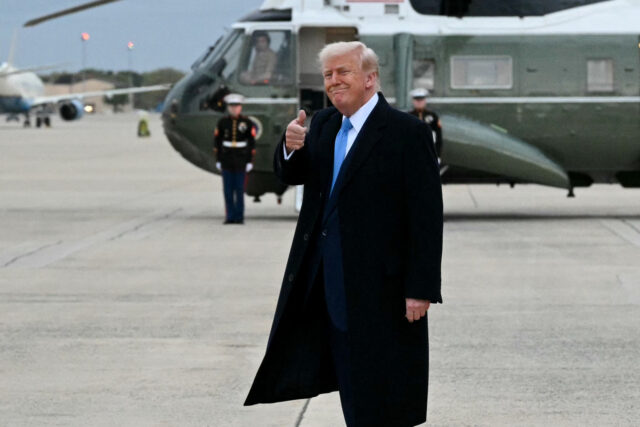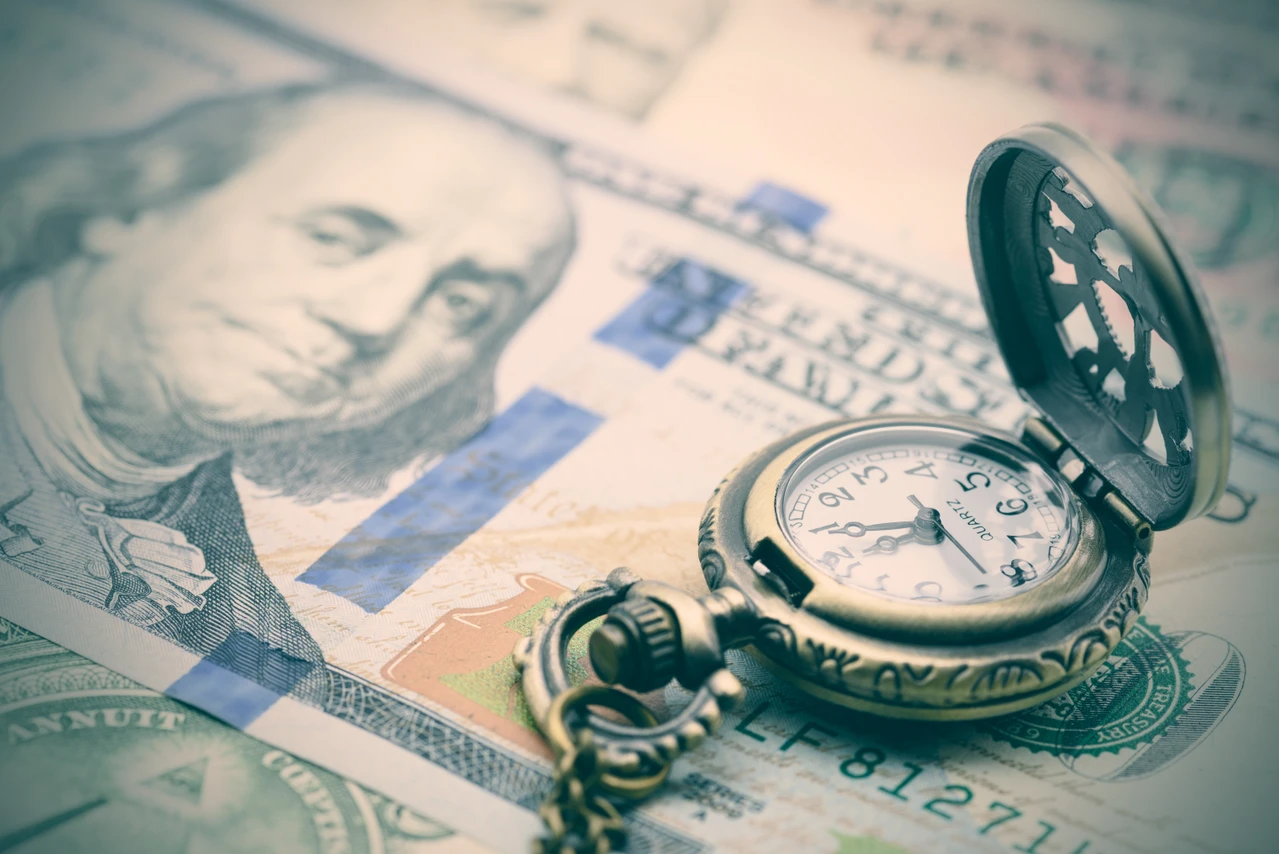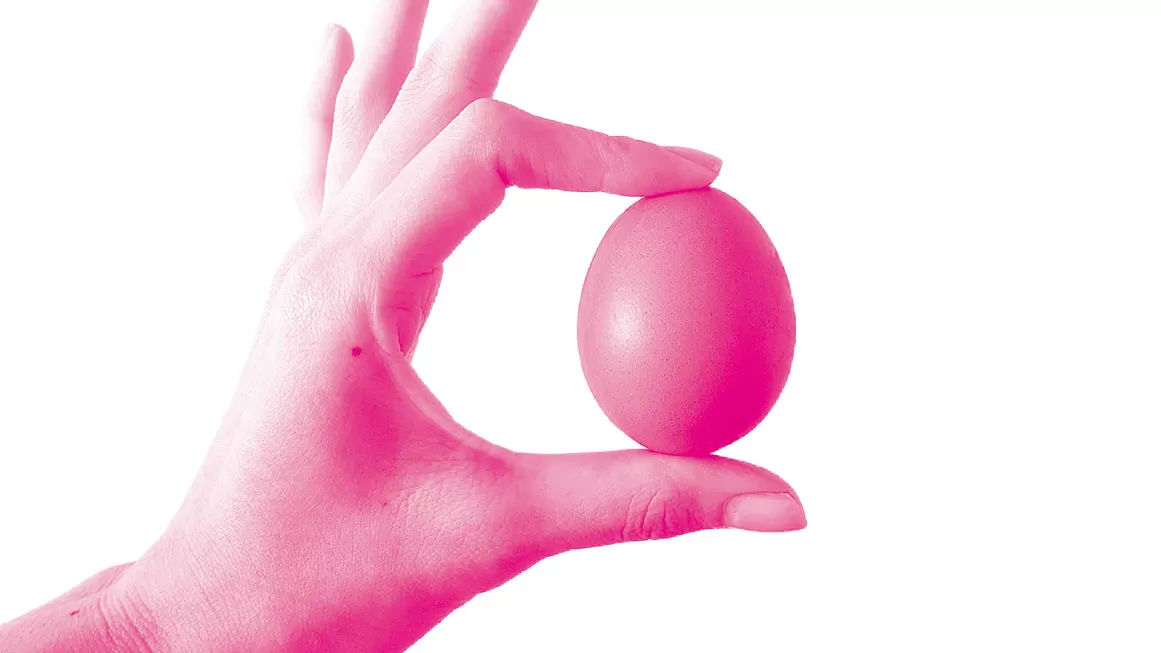from Rebel Capitalist
A Third-Generation NYC Candy Shop Owner Says Trump’s Historic Tariffs Will Devastate His Business – and Fears ‘Hyperinflation’
by Matt Sedensky and The Associated Press
Fortune
 Economy Candy’s shelves brim with sweets from around the world – gummies from Germany, lollipops from Spain, chocolates from Japan and a panoply of candies from across the U.S.
Economy Candy’s shelves brim with sweets from around the world – gummies from Germany, lollipops from Spain, chocolates from Japan and a panoply of candies from across the U.S.
Standing amid it all, columns of bright jellybeans to his left and exotic Kit Kats to his right, owner Mitchell Cohen is quick with his assessment of how many of this shop’s 2,000-plus items are affected by the historic round of tariffs announced by President Donald Trump.
“I think all of them,” Cohen says at his store on New York’s Lower East Side.
Few corners of the American economy are untouched, directly or indirectly, by the sweeping tariffs being imposed by Trump. Even a little store like Economy Candy.
Promises Made, Promises Kept: Consumer Prices Fell in March, Defying Predictions of Tarifflation
by John Carney
Breitbart.com
 U.S. consumer prices fell in March, pushed down by a decline in the price of goods and defying predictions that President Trump’s tariff plans would push up prices. This was the first drop in consumer prices in nearly three years and only the second decline since inflation accelerated under Joe Biden to the worst rates in decades.
U.S. consumer prices fell in March, pushed down by a decline in the price of goods and defying predictions that President Trump’s tariff plans would push up prices. This was the first drop in consumer prices in nearly three years and only the second decline since inflation accelerated under Joe Biden to the worst rates in decades.
The consumer price index fell by 0.1 percent compared with the previous month after climbing each month since July 2022. Economists had forecast prices would rise by 0.1 percent.
Core consumer prices, a measure that excludes volatile food and energy prices, rose by 0.1 percent, far less than the 0.3 percent expected. This was the smallest rise in core prices since President Trump’s first term as president.
The fall in prices marks a significant political victory for Donald Trump, who said on the campaign trail that he would bring down consumer prices.
Sucking in the 70s Again? Advisors Weigh the Threat of Stagflation
Wealth managers debate whether the scourge of stagflation, last seriously felt in the 1970s, will soon hit the American economy.
by Gregg Greenberg
Investment News
 Recession fears are growing as stocks sink, GDP stagnates and confidence collapses. Meanwhile, inflation worries are rising as consumer prices remain elevated, Treasury yields drift higher and gold shines.
Recession fears are growing as stocks sink, GDP stagnates and confidence collapses. Meanwhile, inflation worries are rising as consumer prices remain elevated, Treasury yields drift higher and gold shines.
Time to dig out the bell bottoms from the attic and get ready for a return to 70s style stagflation?
Maybe, maybe not, according to advisors. Either way, their Churchillian strategy generally stays the same: Keep calm and carry on.
To quickly recap, on the stagnation front, the U.S. economy rose 2.4 percent the final three months of 2024, decelerating from a 3.1 percent pace in the 3rd quarter. Gross domestic product (GDP) for the full year 2024 grew 2.8 percent, down slightly from 2.9 percent in 2023. The next GDP report, the advance estimate for Q1 2025, is scheduled to be released on April 30.
Inflation Rate Eases to 2.4% in March, Lower Than Expected; Core at 4-Year Low
The consumer price index fell a seasonally adjusted 0.1% in March, putting the 12-month inflation rate at 2.4%, down from 2.8% in February.
by Jeff Cox
CNBC.com
 Consumer price inflation eased more than expected in March as President Donald Trump prepared to launch tariffs against U.S. trading partners, the Bureau of Labor Statistics reported Thursday.
Consumer price inflation eased more than expected in March as President Donald Trump prepared to launch tariffs against U.S. trading partners, the Bureau of Labor Statistics reported Thursday.
The consumer price index, a broad measure of goods and services costs across the U.S. economy, fell a seasonally adjusted 0.1% in March, putting the 12-month inflation rate at 2.4%, down from 2.8% in February.
Excluding food and energy, so-called core inflation ran at a 2.8% annual rate, having increased 0.1% for the month. That was the lowest rate for core inflation since March 2021.
Wall Street had been looking for headline inflation of 2.6% and core at 3%, according to the Dow Jones consensus.
CPI Inflation Dives as Trump Tariffs Sink Travel; S&P 500 Falls Sharply
by Jed Graham
Investor’s Business Daily
 The core consumer price index came in much cooler than expected in March, easing to a four-year low, while initial claims for jobless benefits rose less than expected last week. After the CPI data, S&P 500 futures remained sharply lower following yesterday’s explosive rally.
The core consumer price index came in much cooler than expected in March, easing to a four-year low, while initial claims for jobless benefits rose less than expected last week. After the CPI data, S&P 500 futures remained sharply lower following yesterday’s explosive rally.
With President Trump’s 90-day reprieve on reciprocal tariffs above 10% — except for China — markets pulled back from the brink of instability. Now the focus turns to the impact of still-significant Trump tariffs on inflation, the labor market and the outlook for Federal Reserve interest-rate cuts, as well as Trump’s deals with key trading partners over the next 90 days.
Tariff Tensions Escalate Mounting Economic Risks in U.S. as Stagflation Worries Resurface
by Newsroom
Turkiye Today
 The minutes from the U.S. Federal Reserve’s March 18–19 FOMC meeting, released Wednesday, revealed mounting concern among policymakers, who warned of growing threats to both job markets and economic stability—while inflation risks continue to rise, adding pressure to an already fragile outlook.
The minutes from the U.S. Federal Reserve’s March 18–19 FOMC meeting, released Wednesday, revealed mounting concern among policymakers, who warned of growing threats to both job markets and economic stability—while inflation risks continue to rise, adding pressure to an already fragile outlook.
In line with expectations, the Fed had left the federal funds rate unchanged in the target range of 4.25% to 4.5%. However, the minutes reflected growing uncertainty about the broader economic outlook among policymakers.
Officials noted that inflation could rise further this year, primarily due to the impact of higher tariffs. Still, they emphasized that there is significant uncertainty surrounding both the scale and persistence of these inflationary pressures.
Agriculture Secretary: Tariffs Will Hit Some Eggs We’re Importing to Address Shortage, Don’t See ‘Significant’ Price Hike
by Ian Hanchett
Breitbart.com
 On Tuesday’s broadcast of the Fox News Channel’s “Special Report,” Agriculture Secretary Brooke Rollins acknowledged that the United States is importing eggs to address the shortage and some of that will be impacted by tariffs, “but the market in America is already adjusting. So, I believe that you won’t see a significant increase or maybe even an increase in the price of eggs in the coming weeks, that we feel pretty confident in where that is.”
On Tuesday’s broadcast of the Fox News Channel’s “Special Report,” Agriculture Secretary Brooke Rollins acknowledged that the United States is importing eggs to address the shortage and some of that will be impacted by tariffs, “but the market in America is already adjusting. So, I believe that you won’t see a significant increase or maybe even an increase in the price of eggs in the coming weeks, that we feel pretty confident in where that is.”
Host Bret Baier asked, [relevant exchange begins around 7:25] “Seeing what you’re seeing now, do you think prices will go up? I know we talk a lot about egg prices, and you’ve seen them go down. The weekly average price just for white, large-shell eggs just went up $0.26. But, you are importing a number of eggs to meet the shortage.”
Rollins responded, “We are.”
Baier continued, “And there’s like 328% for the month imported, almost 450% importing more than over a year ago. And, obviously, some of that, from Turkey and Mexico, is hit by a tariff, now.”
Experts Warn of Stagflation and a Gutted SSA. Here Are the Money Moves You Can Make to Protect Your Retirement.
by Vawn Himmelsbach
Yahoo! Finance
![]() With talk of trade wars, fear of stagflation and slashes to Social Security staffing, you might be justifiably concerned about your retirement savings.
With talk of trade wars, fear of stagflation and slashes to Social Security staffing, you might be justifiably concerned about your retirement savings.
Following the Fed’s latest policy meeting, Federal Reserve chair Jerome Powell said during a press conference that “recent indications … point to a moderation in consumer spending” as “surveys of households and businesses point to heightened uncertainty about the economic outlook.” He added that “some near-term measures of inflation expectations have recently moved up,” with tariffs being a driving factor.
The Eggdex: Price of Eggs Up More Than 100 Percent in the Past Five Years
Tracking the price of eggs, beef, chicken, and more
by Jason Russell
Reason.com
 You might want to start protecting your egg cartons with Bubble Wrap. Egg prices hit a new high in January 2025, surpassing the peak of their pandemic price spike. Thanks to the spread of bird flu, the price of eggs rose 53 percent in the last year, and 15 percent in January alone. Fortunately, chickens raised for meat aren’t as affected as egg-laying hens. The price of chicken is rising slower than the price of food overall, which is still rising slower than the 3 percent annual inflation the country experienced in the last year, according to Bureau of Labor Statistics data.
You might want to start protecting your egg cartons with Bubble Wrap. Egg prices hit a new high in January 2025, surpassing the peak of their pandemic price spike. Thanks to the spread of bird flu, the price of eggs rose 53 percent in the last year, and 15 percent in January alone. Fortunately, chickens raised for meat aren’t as affected as egg-laying hens. The price of chicken is rising slower than the price of food overall, which is still rising slower than the 3 percent annual inflation the country experienced in the last year, according to Bureau of Labor Statistics data.
Tariff Tensions Rekindle Stagflation Fears, Says ForEx Analyst
Escalating trade tensions are reviving concerns over stagflation and potential global recession
by Andy Catsimanes
Stone X

Fiona Cincotta, Senior Market Analyst at Forex.com, joined the BBC to dissect the market’s reaction to fresh tariff threats. The mood, she says, is uneasy—and with good reason. “The big fear here is that… this is really just the start of things,” she cautions.
Hopes for de-escalation had been tenuous at best. With worst-case scenarios suddenly coming to pass, investor sentiment snapped last week. Markets across Asia showed the first signs of strain, and European indices quickly followed. The U.S. was next in line.
